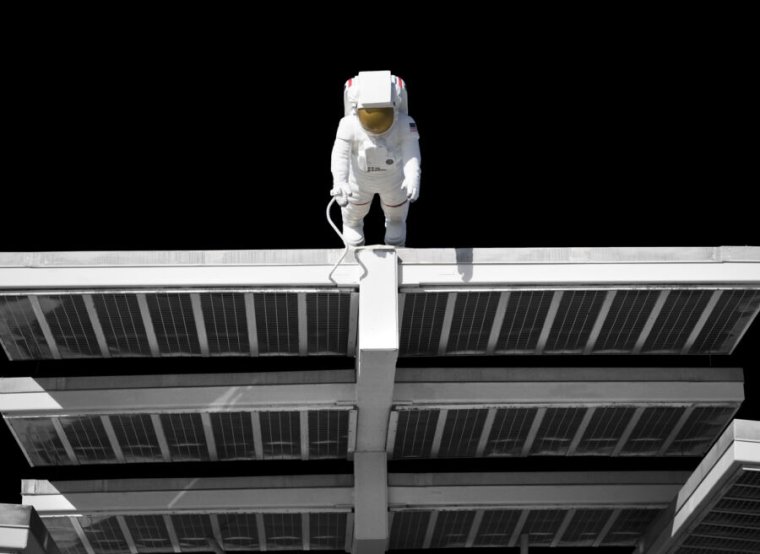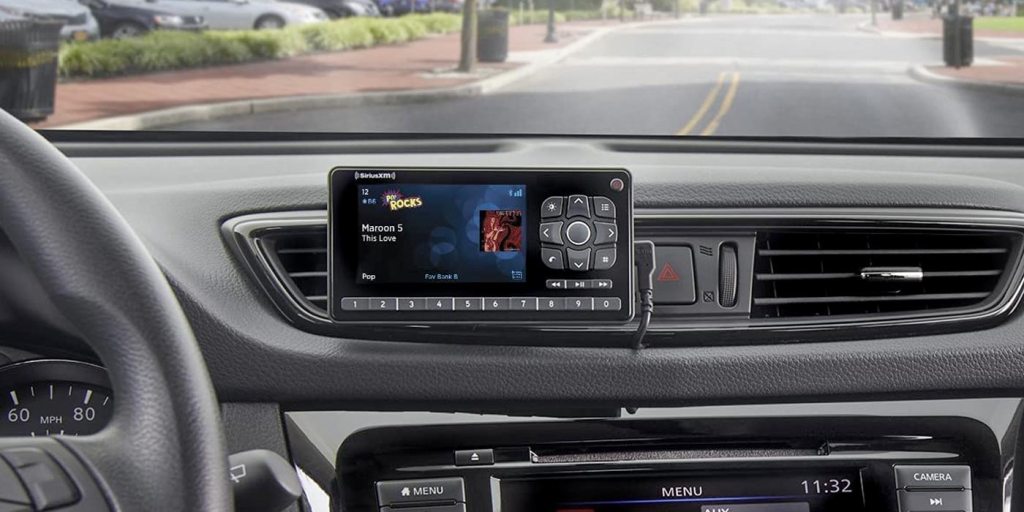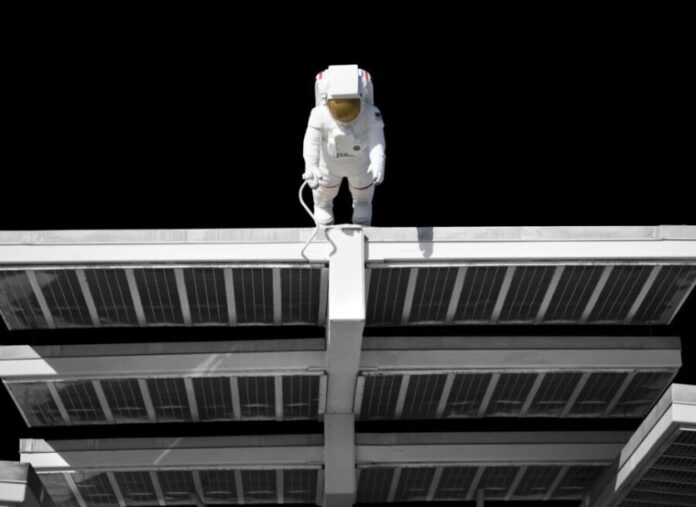
Is space-based solar power a costly, risky pipe dream? Or is it a viable way to combat climate change? Although beaming solar power from space to Earth could ultimately involve transmitting gigawatts, the process could be made surprisingly safe and cost-effective, according to experts from Space Solar, the European Space Agency, and the University of Glasgow.
But we’re going to need to move well beyond demonstration hardware and solve a number of engineering challenges if we want to develop that potential.
Designing space-based solar
Beaming solar energy from space is not new; telecommunications satellites have been sending microwave signals generated by solar power back to Earth since the 1960s. But sending useful amounts of power is a different matter entirely.
Read 30 remaining paragraphs | Comments
Ars Technica - All contentContinue reading/original-link]




